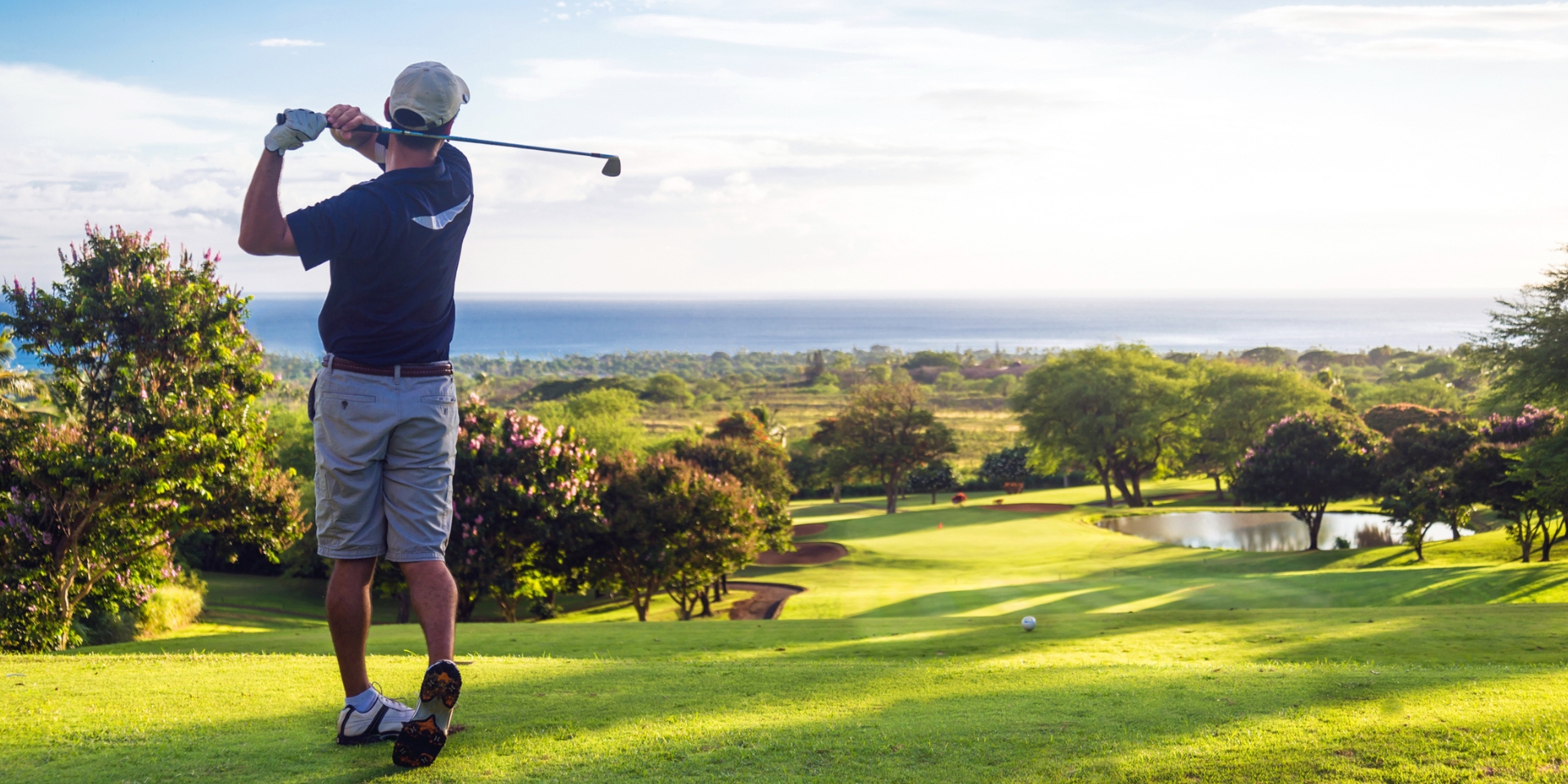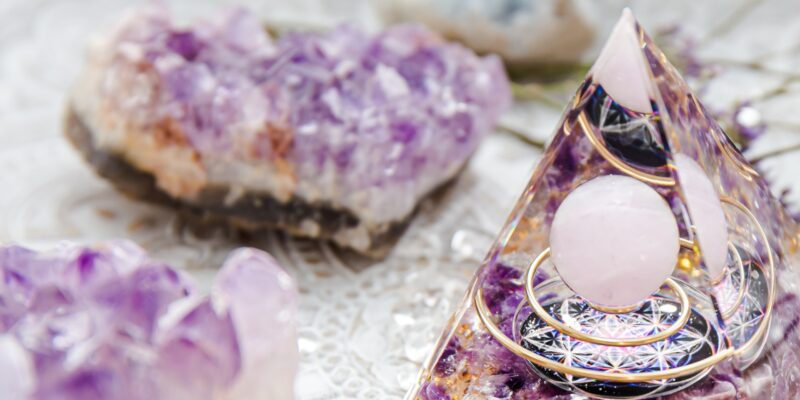Approximately 60 million people around the world play golf, sometimes into their 80s and 90s. This is great news, because the sport has many health and wellbeing benefits. The problem, though, is despite its perception as a low-impact sport, golf can be very demanding. It requires strength, endurance, explosive power, flexibility and athletic ability to perform a movement that produces some of the fastest club head and ball speeds of any sport. The golf swing produces average compressive loads on the back equivalent to 8 times your body weight; in comparison, running produces spinal compression forces equal to approximately 3 times your body weight. The effect of these repeated large forces on your body can lead to pain and injury.
62% of amateurs will sustain a significant golf injury, typically because they are out of shape, have poor swing mechanics, or don’t adequately warm-up.
For the professionals that number is even higher at 85%, but their injuries tend to come from overuse, i.e. hitting 200 to 500 balls a day.
Low back pain is by far the most common problem experienced by golfers. It accounts for over a third of all golfing injuries and happens to players regardless of age or ability. The lower back is often the source of pain, but rarely the cause of pain.
The leading cause of pain is poor swing mechanics associated with a lack of mobility in the ankles, hips, thoracic spine and shoulders. These issues result in the lower back being over-stressed and eventually breaking down.
When your back does breakdown, you could experience one of the following injuries:
1. Muscle Strain or Ligamentous Sprain
A muscle strain, or “pulled muscle,” and an injured ligament will usually resolve itself in 2-4 weeks. Symptoms may range from a minor ache to a sharp debilitating pain. Most sprains and strains are localised in the lower back region, meaning pain does not radiate into the buttocks or leg.
2. Disc Injury
The lumbar intervertebral disc acts as a spacer between adjacent vertebrae and works as a shock absorber. If excessive or abnormal stressors are placed on the disc, tears can occur, and the inner jelly-like substance can bulge out of the disc or even rupture the disc. Discs degenerate with age and lose their shock absorbing ability. Disc problems can irritate or compress spinal nerves causing pain, often radiating pain into the buttocks or the leg (sciatica).
3. Altered Joint Mechanics or Motor Control
The brain can completely change the lumbar spine’s ability to move just by changing which muscles are firing and in what order. This can occur in the absence of any visible injury. These altered motor control or joint mechanics can begin as a protective mechanism, but can lead to chronic problems over time.
4. Degenerative Arthritis
With over-use, abuse or ageing, spinal joints can become arthritic. Bone spurs and osteophytes can develop. Stenosis, the narrowing of the canal that houses the spinal nerves, is a very common problem with arthritic changes.
5. Bone Fracture
Stress fractures and pedicle fractures (spondylolysis) are common problems seen in the lumbar spines of rotational athletes.
Yoga for Healthy Backs
Physiotherapist-led classes that focus on relieving and preventing the recurrence of back pain.
To avoid these injuries, good body mechanics should be one of your top priorities when playing golf. Proper posture, balance, flexibility, and strength work together to support a good swing and correct golf stance.
Yoga cultivates a balance between the flexibility and strength of the muscles, and between the mobility and stability of the joints. It is these factors that are the most common underlying cause of back pain.
My Yoga for Healthy Backs classes focus on spinal strength and flexibility, core stability, hip mobility and pelvic stability, and correcting postural habits and patterns. The style of yoga I teach is Dru Yoga – a gentle, flowing style of yoga that is designed to be practised by people of all abilities, all fitness levels and all age groups.
With regular practice, we release tension in the muscles and build a strong, flexible body that can cope easily with day-to-day movement and activity.
Secondly, you should continue to stretch and strengthen your back between golf sessions, along with a low-impact aerobic exercise programme, such as walking or cycling.
Finally, after the low back pain has subsided, return to playing golf slowly and apply the prevention tips below to help avoid future occurrences. As with so many health conditions, a little effort to prevent injury goes a long way. Address these three key areas to stay out of the ‘back-pain bunker’: Your Body, Your Technique, Your Bag.
Your Body
The first area you can address to prevent injury is your body. These three key recommendations are a great place to start.
Hips and Thoracic Spine: The golf swing requires great rotational mobility to develop and transfer energy to the club. That mobility should come from the joints in the body that are designed to rotate: the hips and the thoracic spine. Creating optimal movement in these areas, which are directly above and below your lumbar spine, should be your first line of defence against lower back pain. If the lower back is forced to repeatedly rotate it’s only a matter of time before an injury will occur. It is important to remember that the hips and thoracic spine do not operate in isolation. Ankle mobility can affect the hip joint and the shoulders work with the thoracic spine in rotation – so you can’t neglect those joints either.
Core Strength: The abdominal muscles may be both the most important and the most neglected muscles for golfers. These muscles promote posture and balance and provide support to the spine. Core weakness results in increased strain on the lower back during the rotational movements associated with the golf swing, and can also make it hard to maintain good posture throughout the swing. Increasing pressure in the abdominals helps protect the back from injury. Your therapist can assess your joint flexibility and muscle strength and give you exercises to improve both.
Warming Up: Going directly to the tee at 7:00 a.m., pulling out the driver, and then proceeding to try to hit the cover off the ball is probably the quickest way to strain your back. Instead, a thorough warm-up before starting to hit balls — including stretching and easy swings — is critical for your muscles to get ready for the game. Overall, muscles that have been stretched and gradually loaded are much less prone to being injured and can take more stress before being strained.
Your Technique
Perfecting your technique won’t just improve your game; it’ll also help prevent injury. The objective of a golf swing is to develop significant club-head speed, and to do this a lot of torque (force) and torsion (twisting) is applied through your lower back. A smooth, rhythmic swing produces less stress on the lower back, minimising muscular effort and load on the spine. With a proper swing, the shoulder, pelvis (hip), and thoracolumbar segments (chest and lower spine) rotate to share the load of the swing. You can achieve good balance while golfing by slightly bending your knees and keeping your feet approximately shoulder-width apart. Your spine should be straight, and you should bend forward from the hips with your weight evenly distributed on the balls of your feet. As most golfers will agree, developing an easy, fluid swing is often easier said than done. Working with a golf pro for a few sessions is a great way to improve your swing and avoid lower back injury, especially since most aspects of a golf swing are not natural or intuitive.
Your Bag
Repeated bending over to pick up your golf bag can stress the lower back, so we’ve put together a list of recommendations for your bag that will help prevent lower back injury.
1. Invest in an integrated golf bag stand that opens when the bag is set on the ground. This can eliminate the need to bend over.
2. Use dual straps (like a backpack) on the golf bag to evenly divide the weight across your back. Bag straps that place all the pressure on one shoulder can be hard on your back. Even better add some wheels.
3. If your bag is on wheels, push rather than pull your bag. Pushing your cart allows for better alignment and less rotational loading on your back compared to pulling your cart with one hand behind you.
4. Do some walking in between holes. Riding on a motorised golf cart may benefit you in not having to physically carry the weight of your clubs; however, sitting and driving over rough terrain could increase spinal compression forces in your back and aggravate pain.
5. When bending over to place or retrieve a golf ball it is important to:
– Stand with one foot in front of the other;
– Use your golf club to support the weight of your upper body;
– Gently tighten your abdominal muscles; and
– Bend from the knees and hips. Never bend over at the waist with straight legs.
In Summary
You can still enjoy playing golf even if you’re experiencing chronic lower back pain. Don’t forget – golf requires much more athletic ability than many people imagine, and ignoring the physical demands of the sport often leads many people to suffer from injuries because of poor general conditioning, lack of warm up, poor technique and limited practice. With regular exercise, including specific strengthening and stretching, and better swing technique, you can experience a significant improvement in performance and reduction in injuries
Are you a Golf Club owner in Kent?
Would you like me to teach my popular course of Yoga for Healthy Backs classes at your club? Not only are my classes effective but, if you have space that is not used to its full potential, they can also help you to increase the turnover of your club. Of course, the classes may also attract new golfers into your club too.
Are you a Golfer who’d prefer Private Classes?
Through working with me, you will experience a tailored and unique approach to achieving your well-being and fitness goals. Whatever you would like to achieve or explore in your private yoga classes, you will have my undivided attention and together we will work to improve your health and well-being.




